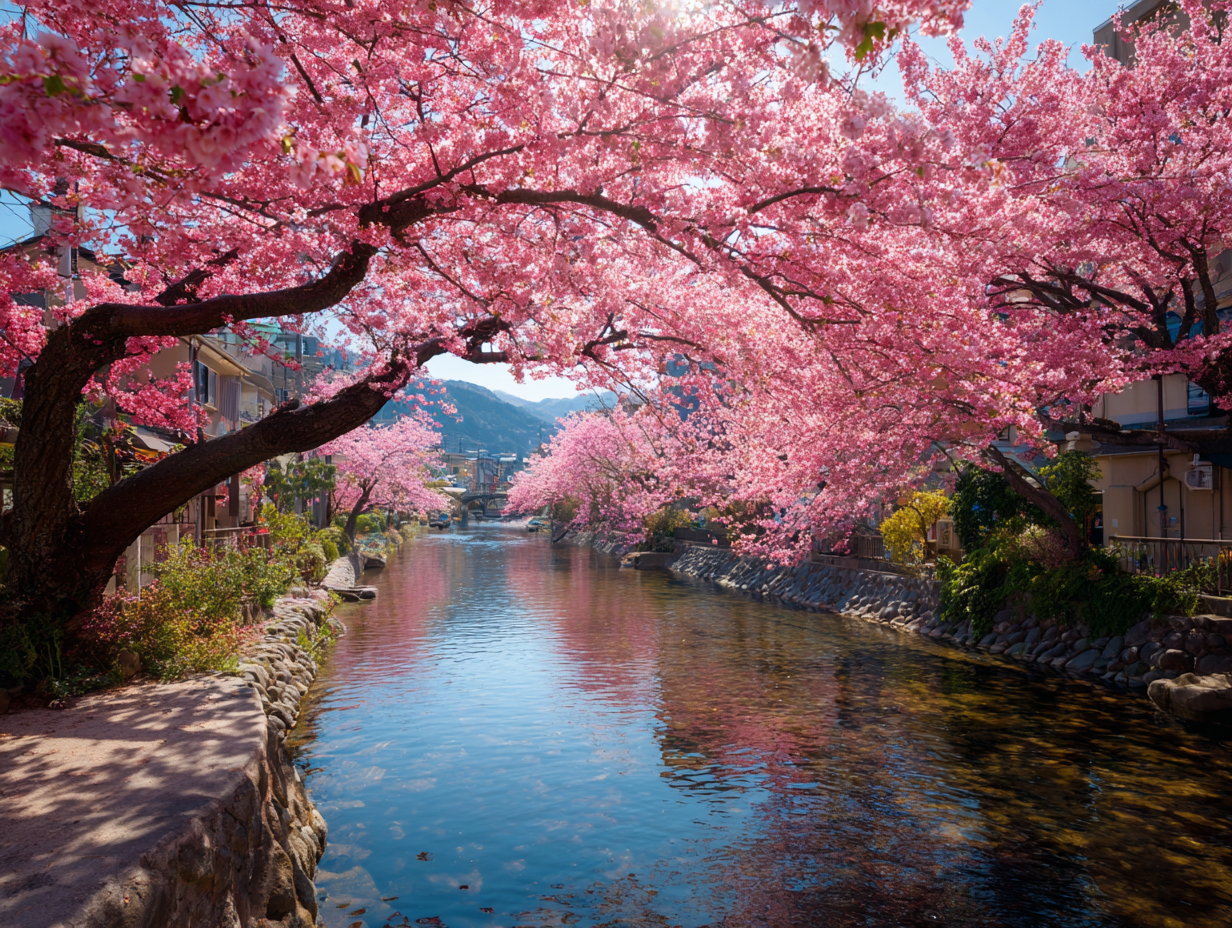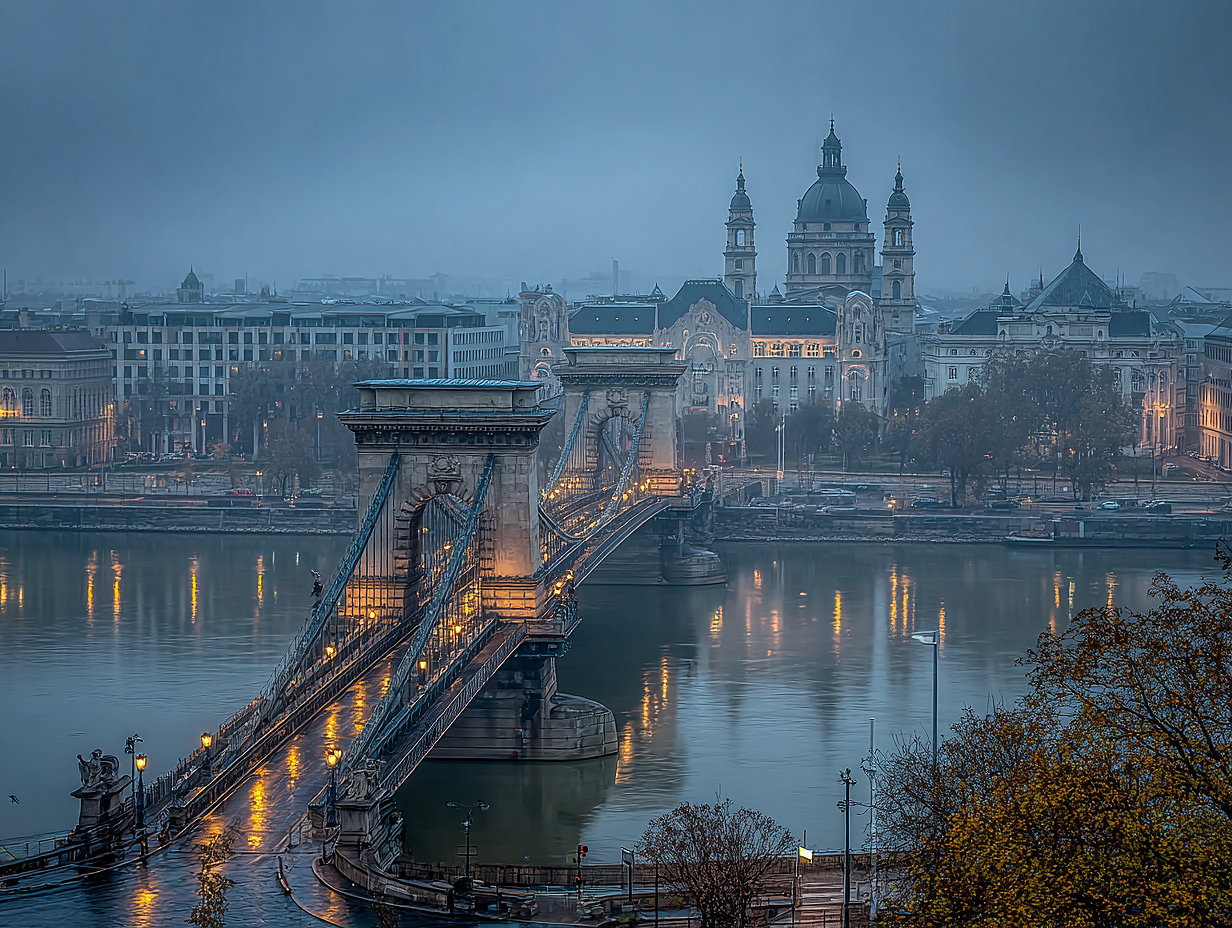From Japan’s cherry blossoms to Kenya’s safaris and Canada’s Northern Lights, discover 10 extraordinary bucket-list vacations every traveler should experience. Read more for travel inspiration.
Some journeys change you forever — not because of where you go, but how the world feels when you’re there. From chasing the Northern Lights to wandering beneath Japan’s cherry blossoms, these ten extraordinary vacations promise adventure, awe, and that unmistakable feeling of being alive in the world.
1. Chase the Northern Lights Across the Arctic Sky
There’s pure magic in watching emerald and violet ribbons dance above a frozen landscape. From Canada’s Yukon and Northwest Territories to Iceland, Norway, and Finland, the Aurora Borealis paints the heavens in surreal hues. Cozy up in glass igloos, remote cabins, or Arctic lodges as the night sky turns into nature’s grandest light show — an experience that feels less like travel and more like transcendence.
2. Wander Beneath Japan’s Cherry Blossoms
Come spring, Japan blushes in pink. From Kyoto’s Philosopher’s Path to Tokyo’s Ueno Park, cherry blossoms flutter like confetti in slow motion. Locals picnic under the petals, strangers become friends, and for a fleeting moment, the world feels impossibly beautiful.
3. Trek Through Vietnam’s Emerald Rice Terraces
In Sapa’s mist-covered highlands, rice terraces ripple down mountains like green silk. Morning fog lifts to reveal farmers in conical hats tending their fields — a living postcard of patience, rhythm, and grace. It’s slow travel at its most soul-stirring.
4. Safari Like an Explorer in Kenya’s Wild Heart
The sun rises over the Masai Mara, spilling gold across endless plains. Here, lions yawn awake, elephants march in silhouette, and time itself seems to pause. Staying in a private conservancy lets you feel Africa’s pulse without the crowds — pure, raw, and unforgettable.
5. Float Above Turkey’s Surreal Landscapes
In Cappadocia, dawn paints the sky in shades of apricot and rose as hundreds of hot-air balloons rise silently over honey-colored canyons. Below, fairy chimneys and cave dwellings whisper stories of ancient civilizations. Few moments rival this — serenity suspended in air.
6. Ride the World’s Most Romantic Train
Step aboard the Venice Simplon-Orient-Express, and you’re instantly transported to another era. Crystal glassware clinks in vintage dining cars as Alpine peaks rush past your window. Between Paris and Venice, luxury feels timeless — more experience than transport, more dream than journey.
7. Cruise Through Patagonia’s Edge-of-the-World Beauty
Patagonia is where Earth shows off. As your ship drifts past towering glaciers and wind-sculpted fjords, the world feels vast yet intimate. Dolphins dance in the wake, condors soar overhead — it’s a reminder that wild beauty still reigns in the far south.
8. Explore Ireland’s Ancient Mysteries
In Ireland, the land itself tells stories. From the Ring of Kerry to the Giant’s Causeway, every moss-covered ruin and misty cliff carries a whisper of myth. It’s a country best discovered slowly — over pints, poetry, and roads that wind like memory.
9. Master the Art of Slow Travel in Tuscany
Here, time tastes like olive oil and red wine. In Tuscany, days stretch long and lazy among sun-drenched vineyards and stone villas. You’ll learn that joy lives in simple things — a shared meal, golden light, and the art of doing absolutely nothing.
10. Adventure Through Costa Rica’s Wild Heart
Nature runs the show in Costa Rica. Volcanoes hiss, waterfalls tumble, and rainforests hum with life. One day you’re ziplining through jungle canopies, the next soaking in a hot spring under starlight. It’s adventure and peace — perfectly balanced.



